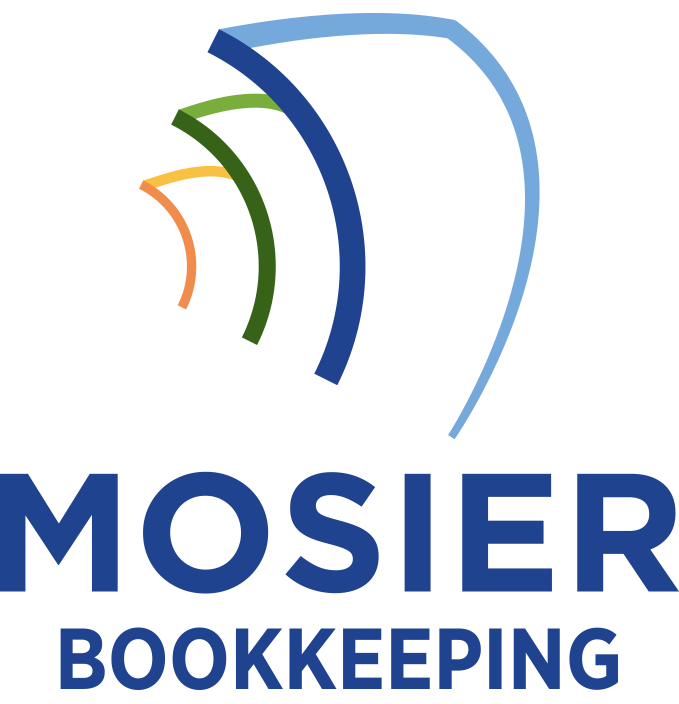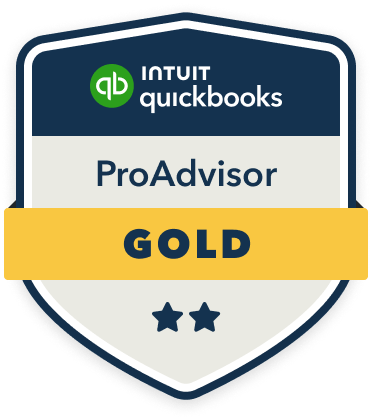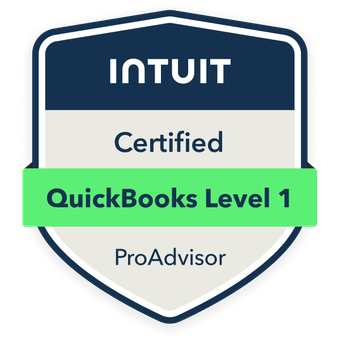To guarantee regulatory compliance through bookkeeping, I’d establish systematic transaction tracking with detailed documentation and audit trails. I’ll implement robust internal controls, including segregation of duties and approval hierarchies, while utilizing specialized accounting software for real-time monitoring. You’ll need standardized templates, digital filing systems, and regular audit cycles to maintain compliance. Following these proven strategies will provide a deeper understanding of your industry’s specific regulatory framework.
Understanding Key Regulatory Requirements for Your Industry

Why do regulatory requirements matter so much in bookkeeping? I’ll tell you – they’re the foundation of your business’s legal compliance and financial integrity. Each industry faces specific regulations that dictate how you must record, report, and maintain financial records.
I’ve found that mastering your industry’s requirements gives you a strategic advantage. You’ll need to focus on tax regulations, financial reporting standards, and industry-specific compliance laws. I recommend starting with the IRS code relevant to your sector, then moving to SEC requirements if you’re publicly traded, and finally addressing specialized regulations like Dodd-Frank or HIPAA that impact your operations.
Essential Bookkeeping Practices for Compliance Success
I’ll guide you through three core bookkeeping practices that guarantee regulatory compliance in your business operations. You must systematically track every financial transaction and implement a consistent documentation system that captures all monetary flows, from daily expenses to complex revenue streams. Your compliance success depends on following industry-specific record retention schedules, which typically require maintaining accurate financial records for 3-7 years, depending on your jurisdiction and business type.
Track All Financial Transactions
Tracking every financial transaction serves as the foundation for maintaining accurate books and achieving regulatory compliance. I’ll show you how to implement robust transaction tracking that keeps you in control and audit-ready.
| Transaction Element | Required Action |
|---|---|
| Date & Time | Record immediately |
| Amount | Document to the penny |
| Category | Classify correctly |
| Supporting Documents | Attach all receipts |
You must capture each revenue stream, expense, asset purchase, and liability. I recommend using automated systems to minimize human error while maximizing accuracy. This approach lets you maintain pristine records and respond confidently to any regulatory inquiry.
Maintain Consistent Documentation Systems
Establishing a consistent documentation system forms the bedrock of effective regulatory compliance and audit preparation. I recommend implementing standardized templates and digital filing protocols that track every financial record systematically. You’ll need to create clear audit trails by maintaining detailed transaction logs, receipts, invoices, and supporting documents.
I insist you organize these records chronologically and categorically, ensuring immediate retrieval during audits. Your system must include version control, regular backups, and secure storage solutions. By maintaining meticulous documentation, you’ll demonstrate your commitment to transparency and strengthen your position during regulatory reviews.
Follow Record Retention Rules
Record retention rules stand at the core of regulatory compliance, with specific timeframes mandated for different document types. I’ll help you maintain strict adherence to these requirements by implementing a systematic approach.
You’ll need to categorize your documents based on retention periods: tax records (7 years), employment records (4 years), and financial statements (permanent). I recommend creating a digital filing system with automated deletion dates and secure backup storage.
You must establish clear protocols for document destruction once retention periods expire. This protects your business from both compliance violations and potential legal exposure while demonstrating your commitment to professional standards.
Digital Tools and Software for Regulatory Record-Keeping

In today’s complex regulatory environment, modern digital tools and software have become essential for maintaining accurate and compliant business records. I recommend implementing specialized accounting software that automatically tracks, categorizes, and archives your financial data.
| Software Type | Key Features | Compliance Benefits |
|---|---|---|
| Cloud ERP | Real-time tracking | Audit-ready reports |
| Document Management | Auto-archiving | Retention compliance |
| Workflow Systems | Process automation | Error reduction |
I’ve found that integrating these digital solutions not only streamlines operations but also strengthens your regulatory posture. Choose platforms with built-in compliance modules that align with your industry’s specific requirements and automatically update when regulations change.
Implementing Internal Controls and Documentation Systems
Strong internal controls and documentation systems serve as the foundation for regulatory compliance and risk management. I recommend implementing segregation of duties, requiring dual signatures on critical transactions, and establishing clear approval hierarchies. You’ll need to document these controls in your policies and procedures manual.
I’ve found that maintaining detailed audit trails is vital. Create standardized templates for transaction documentation, implement version control for key documents, and establish a secure digital repository. You’ll want to enforce regular review cycles and maintain logs of all system access and modifications to strengthen your control environment and demonstrate compliance.
Regular Audits and Compliance Monitoring Strategies

Regular monitoring of financial records and compliance obligations demands a systematic audit program that combines internal reviews with external oversight. I recommend establishing quarterly internal audits focused on high-risk areas, backed by annual external audits. You’ll need to implement continuous monitoring tools that track regulatory changes and flag potential violations in real-time.
I’ve found success using a three-tier monitoring approach: daily transaction reviews, monthly reconciliation checks, and thorough quarterly assessments. Create a compliance calendar that maps your audit cycles to regulatory deadlines. You’ll strengthen your control environment by documenting findings, tracking remediation efforts, and adjusting procedures based on audit results.
Training Your Team for Compliance-Focused Bookkeeping
I’ll guide you through establishing a robust compliance-focused bookkeeping training system that starts with implementing standardized documentation protocols across your organization. Your team needs role-specific training programs that address each position’s unique compliance responsibilities and regulatory touchpoints. To maintain ongoing compliance effectiveness, I recommend scheduling regular update sessions where team members can learn about new regulations, discuss best practices, and refresh their knowledge of existing compliance requirements.
Clear Documentation Standards Required
Clear documentation standards form the foundation of effective compliance-focused bookkeeping. I require my team to follow strict protocols for recording transactions, maintaining audit trails, and organizing supporting documents. Every entry must include date, amount, description, and relevant account codes.
I’ve implemented a standardized filing system that guarantees immediate retrieval of any document during audits. I mandate consistent naming conventions for digital files and establish clear hierarchies for document storage. My documentation requirements include transaction authorizations, supporting receipts, and detailed notes explaining any unusual entries or adjustments. This systematic approach shields my organization from compliance risks.
Role-Specific Training Programs
Effective compliance-focused bookkeeping demands role-specific training programs tailored to each team member’s responsibilities. I’ve found that implementing targeted training modules enhances regulatory adherence while maximizing operational efficiency.
I guarantee my accounts payable staff masters vendor documentation requirements, while receivables personnel focus on revenue recognition standards. My general ledger team requires comprehensive training in financial statement preparation and audit trails.
I recommend quarterly refresher sessions to address regulatory updates and emerging compliance challenges. By maintaining a structured, role-specific approach to training, I’ve drastically reduced compliance risks and strengthened my organization’s financial controls.
Regular Compliance Updates Sessions
While regulatory requirements continuously evolve, maintaining regular compliance update sessions guarantees your bookkeeping team stays current with industry standards and legal obligations. I recommend implementing quarterly sessions that focus on recent changes and emerging requirements.
- Structure sessions around specific regulatory changes affecting your industry sector
- Integrate case studies demonstrating real-world applications of compliance requirements
- Include practical exercises to test understanding and application of new standards
- Document attendance and comprehension through assessments for audit purposes
I’ve found these sessions critical for risk mitigation and maintaining operational excellence. They strengthen your organization’s compliance framework while empowering your team to make informed decisions.
